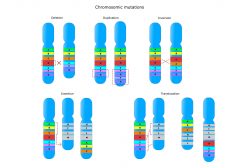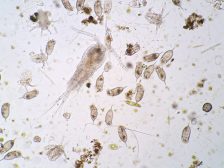Definition
noun, plural: eudictoyledons
Any of the tricolpate angiosperms characterized mainly by having two cotyledons in the seed
Supplement
The angiosperms (the flowering plants) can either be a monocotyledon (or monocot) or a dicotyledon (or dicot) according to the number of cotyledons in their seeds (which in the case of dicots the cotyledons are two, hence the name). The cotyledons of the dicots may also emerge and show above the ground and function similar to leaves (i.e. capable of performing photosynthesis). Nevertheless, there are members of the dicot plants that are not considered members of eudicotyledon. For instance, the magnoliids are not members of the eudicotyledon clade. Thus, the eudicotyledons are also referred to as non-magnoliid dicots.
The eudicotyledons are regarded as the true dicotyledons to distinguish them from the other dicots. The eudicotyledons differ from the other dicots in having a tricolpate (i.e. three colpi) pollen structure. A colpus is a groove sometimes occurring on grains of pollen. Apart from this feature, the eudicotyledons share features common to other dicoteyledons, e.g. having two cotyledons in a seed, netted venation, and flower parts that are in multiples of four or five.
Word origin: eu- (true) + dicotyledon
Synonym(s):
- eudicot
- Eudicotidae
- tricolpate
- non-magnoliid dicot
See also:







